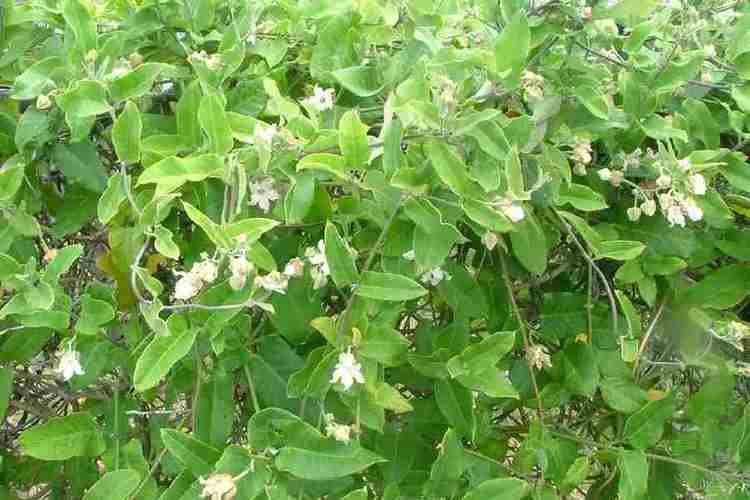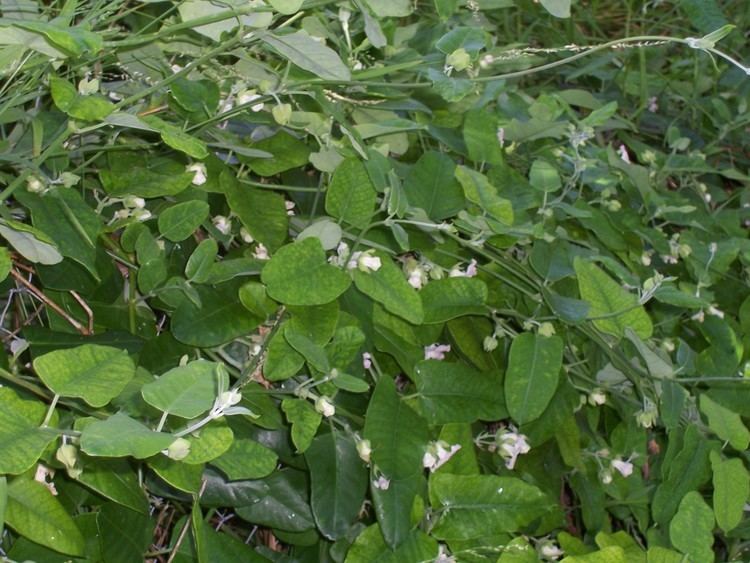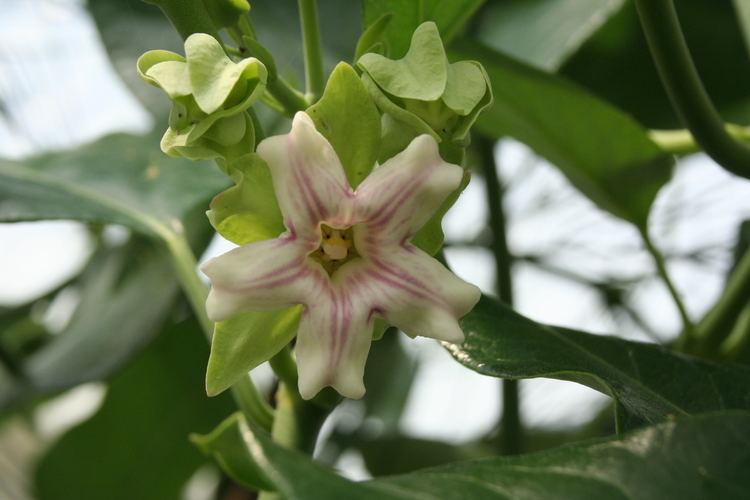Subfamily Asclepiadoideae Scientific name Araujia sericifera Rank Species | ||
 | ||
Similar Araujia, Eryngium eburneum, Oxypetalum, Chamissoa, Guatteria australis | ||
Miraguano araujia sericifera
Araujia sericifera is a perennial ornamental plant in the genus Araujia belonging to Apocynaceae family. This plant was described in 1817 by the Portuguese botanist Félix Avelar Brotero. Its common names include moth plant, white bladderflower, common moth vine, cruel vine and false choko.
Contents

Etymology

The genus name (Araujia) derives from António de Araújo e Azevedo, 1st Count of Barca (1754–1817), a Portuguese amateur botanist who conducted scientific studies and experiments in his own botanical garden. The Latin name sericifera of the species, meaning silk-bearing, refers to the silky hairs surrounding the seeds inside the fruits. Araujia sericofera is an incorrect taxonomic synonym for Araujia sericifera.
Description

Araujia sericifera is a creeping vine that can climb up to 5–7 metres (16–23 ft) of height. If broken this plant releases a milky smelly exudate. Leaves are opposite, dark green, glossy and quite fleshy, almost triangular, with entire margins, about 10–12 centimetres (3.9–4.7 in) long.

The twining stems bear plenty of fragrant, chalice-shaped bisexual flowers, of about 2 centimetres (0.79 in) of diameter,with five white, creamish, violet or pale pink petals. The flowers are usually pollinated by moths (hence the common name of the plant), butterflies and bees (entomophily), but they are capable of automatic self-pollination. The structure of the flower includes a number of wedge-shaped openings which occasionally and inadvertently trap the pollinator's proboscis, leading to its death. The flowering period extends from July through September. The pear-shaped fruits are large pods of about 8–10 centimetres (3.1–3.9 in) of length. They contain numerous black seeds attached to silky hairs which enable them to be dispersed by the wind.
The fast-growing vines can cover a tree canopy in two or three years, competing with the tree for light, water, and nutrients. They damage trees by this competition and by twining so tightly around their branches that it girdles them.
Distribution
This plant native to South America was introduced in Europe and in many other countries as an ornamental plant, but it is now considered a noxious weed. Nowadays its geographical distribution includes southern Europe, South Africa, North America (California, Georgia), South America (Argentina, Brazil, Paraguay, Uruguay), Australia and New Zealand.
Habitat
These plants grow in wastelands with trees and hedges, in forests and in rocky places or cliffs. They prefer sunny or partially shady places, at an altitude of 0–1,800 metres (0–5,906 ft) above sea level.
Butterflies
The plant can be used as an alternative food source for caterpillars of the monarch butterfly. Although monarch caterpillars are not known to occur naturally on the plant they will readily feed on leaves when supplies of Asclepias physocarpa have run out.
